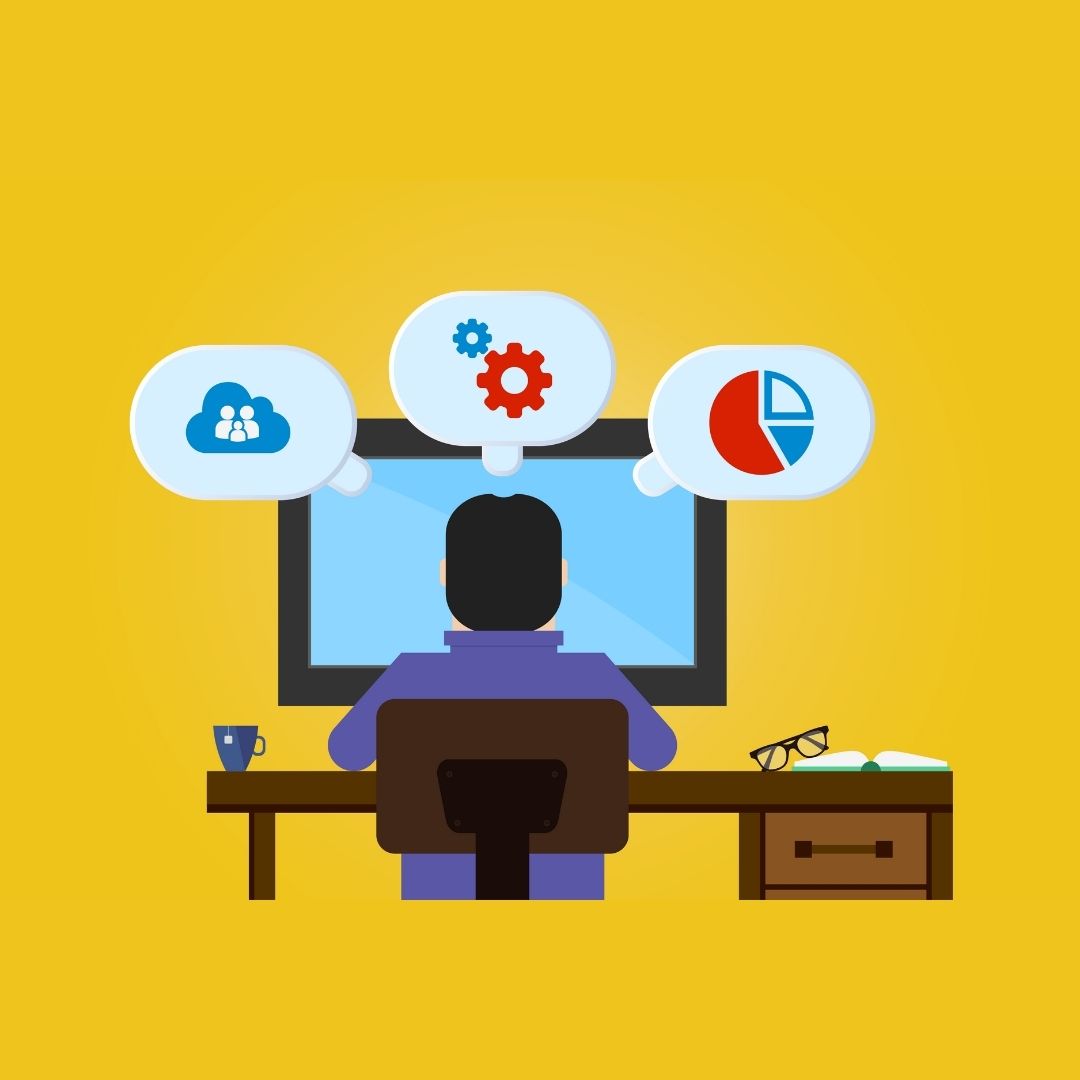Technology always reimagines a better future and that is what makes it so exciting. Predicting trends in the Information Technology (IT) industry is not easy as the landscape is constantly evolving. Recent trends in IT have been fundamental in industry growth and has attracted wider adoption across the globe.
The past decade has seen some disruptive technological advances which we wouldn’t have imagined before. Artificial Intelligence, Intelligent Process Automation, Deep Learning, etc. have shaped the decade and transformed the industry to what we see now. Gartner has predicted the trends to watch for in 2022 which will make trends in the last decade seem obsolete. Let’s look at 5 top trends that will prove to be disruptive in 2022:
Decision Intelligence (DI)
Decision-making fuels organizational growth and is connected to its strategic objectives. Decision-making teams and leaders often create siloed decisions, which at times, do not fulfil these objectives. Decision Intelligence (DI) solves the problem of siloed decision islands and brings them together. DI is a process which helps leaders in their decision-making process with enterprise objectives as the big picture. It leverages business intelligence and data to establish these objectives and map decisions accordingly.
Integrated Data
Data has become an imperative for most organization to enhance their business and customer experience. Data is most valued asset for an organization and demand for skilled resources in data and analytics has surged considerably. Integrated Data also termed as Data Fabric by Gartner will be the next big trend. It is a process of flexible and resilient data integration across platforms and its users to simplify organization’s data infrastructure and create a scalable architecture. This reduces the overall integration challenges and the subsequent technical debt faced by organizations.
Hyperautomation
Extension to the already popular process automation tool RPA, hyperautomation is a process of identifying and automating as many business processes as possible rapidly. It enables the organization to reduce manual workloads and optimize business processes. It is also considered as the first step towards an enterprise’s digital transformation journey. It leverages tools such as Robotic Process Automation, AI, and ML to automate processes faster.
Remote-First Enterprise
Post pandemic, remote workplaces has seen an exponential rise in adoption. Traditional brick-and-mortar offices have transitioned into hybrid and virtual workplaces with a virtual delivery model. This will lead to frictionless customer experiences with boundary-less engagements. Organizations can create a range of dispersed workforce across the globe and expand their global customer footprint.
Total Experience (TX)
TX combines customer experience, employee experience, and multi-experience to create seamless management of enterprise-wide experiences across platforms and systems. It combines multiple stakeholders such as end-users, business users, and employees to accelerate business growth. TX is a driver of customer and employee satisfaction, loyalty, and advocacy.
Conclusion
Upcoming trends in technology will shape global IT landscape. It will enable new entrants to quickly transform themselves and keep pace with the big players. These disruptive technologies will equalize the playing field and will enable and encourage more businesses to set shop and compete. They will also play a vital role in the digital transformation journey of organizations and will soon create a world of digital-first enterprises.
The above article is authored by Neelesh Kripalani, CTO, Clover Infotech.


